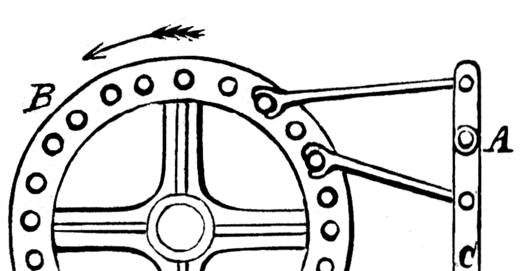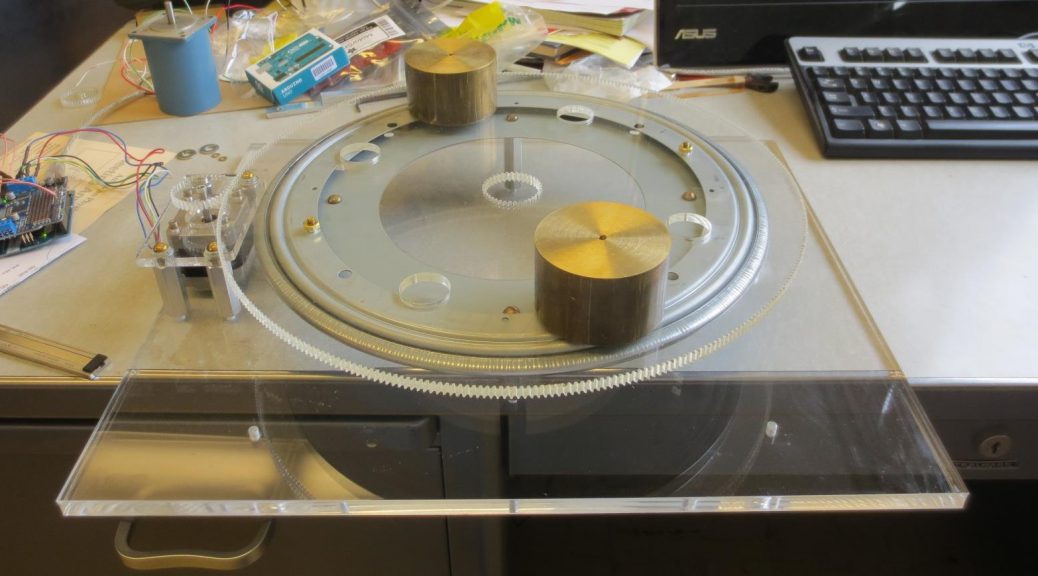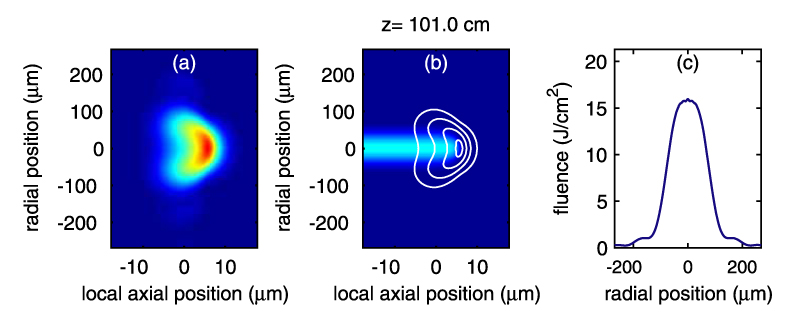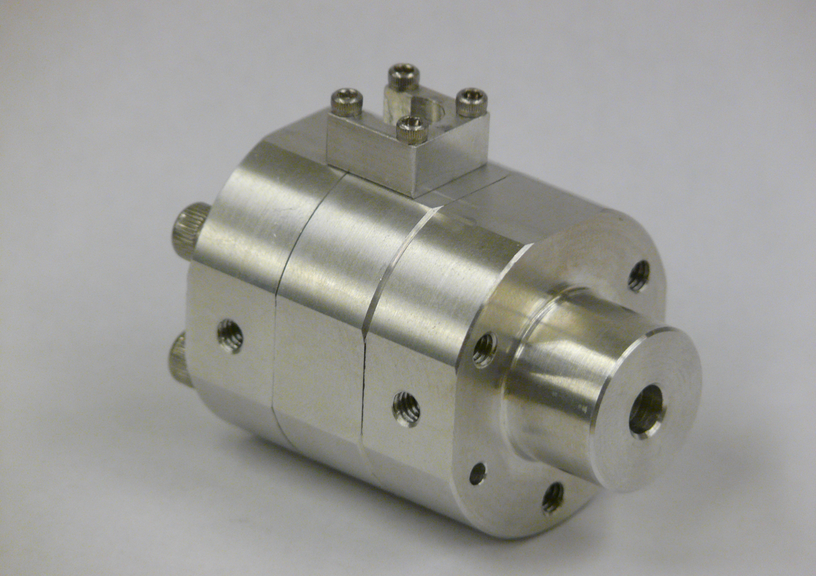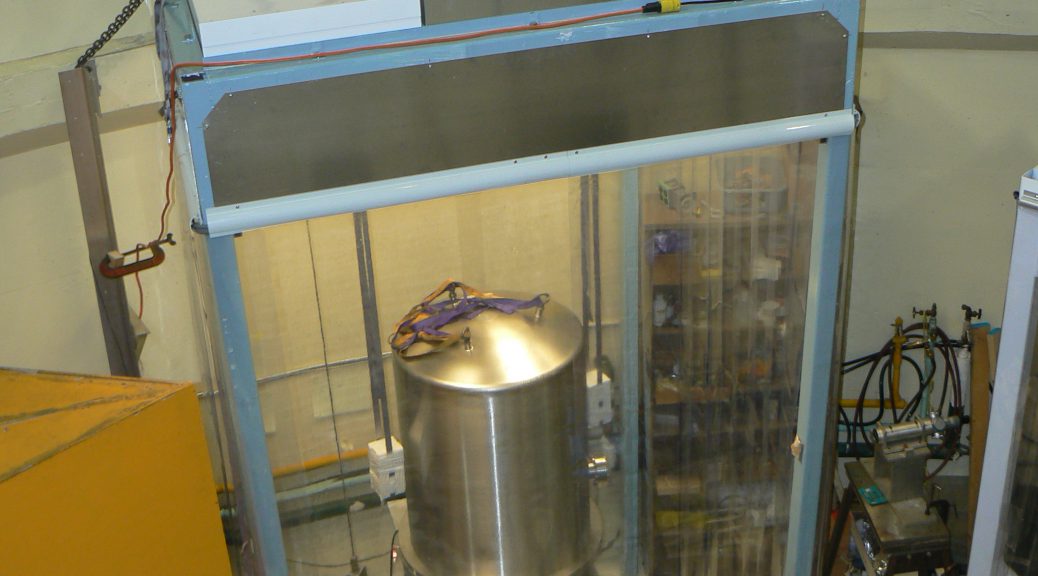Wirelessly powered non-magnetic rotary actuator
(image of mechanism #77 from Henry T. Brown’s Five Hundred and Seven Mechanical Movements, via 507movements.com) The leading systematic uncertainty in our group’s test of the equivalence principle is variations in the local gravity gradient. The gravity gradient is the spatial derivative of the gravitational field—the amount of change in the strength and … Continue … Continue reading Wirelessly powered non-magnetic rotary actuator
